Heirloom Seed Preservation and Heritage Horticulture
As a gardener, the early days of autumn remind me that our ancestors had to exercise extreme care when their gardens were done for the year. Only in relatively recent times have gardeners been able to receive seed catalogs in the mail or purchase seeds at their favorite garden store or website. Historically, seeds had to be preserved each fall to ensure that a life-sustaining crop could be planted the following spring.
Reasons to Preserve Seeds
Today, seed preservation is a popular hobby. Some preserve seeds because the plants came from their granddaddy’s garden. Some preserve seeds because the historic varieties are better suited for home use. And everyone who plants heritage vegetables claims they just taste better.
John Coykendall is a preservationist who maintains seed lines that date back to pioneer days. From beans to field peas, corn, squash, pumpkins and, of course, tomatoes, John grows practically every vegetable and preserves its seeds. Often he plants theme gardens, such as a garden that re-creates those planted by early settlers. He plants one pumpkin variety whose seeds were a gift to the starving pioneers from sympathetic natives. The pioneers ate some of the seeds during the winter and planted the remainder in the spring.
When to Plant Heirlooms
A purist when it comes to seed preservation, John cautions home gardeners who plan to preserve their own seeds to grow one variety of a vegetable at a time and not to grow a heritage variety near modern selections.
“The problem is cross-pollination,” he says. “Once a seed is crossed, the original true-to-type variety has been genetically altered.”
To grow multiple varieties and maintain seed purity, John says you have to have lots of space. Lima beans need a distance of one mile in commercial plantings to prevent cross-pollination. Pepper and beans cross less readily, and in home plantings need to be separated by 620 feet and 75 feet, respectively.
Midwest Home magazine also offers these tips:
1. Use a peat-based, soil-less mix. You’ll have no worries about the fungal scourge of seed-starters called “damping off,” which causes new seedlings to turn spindly and topple over.
2. Concentrate on easy-to-grow seeds. Seeds known to be “hard-starters” aren’t worth the trouble.
3. Let there be light. Too much is better than not enough (16 hours daily is ideal).
4. Follow package instructions. Seed companies offer excellent advice on the packet because they want your seeds to germinate as much as you do. Packets will also tell you how to place the seed in soil-less mix, how long you’ll wait for seeds to germinate, approximately when to plant the seedling outside, and maturity dates for vegetables.
5. Go easy on water. Over-watering is worse than under-watering.
6. Thin seedlings. They’ll make healthier plants. Plus, you’ll only have room in your garden for about a tenth of all those seeds in the packet.
Sources for Heirloom Seeds
If you like the idea of preserving history through your garden, John recommends you check out these online sources for heritage seeds:
- Seed Savers Exchange, Decorah, Iowa, is the standard in seed preservation. Seed Savers grows thousands of heirloom varieties in certified organic fields.
- The Southern Seed Legacy Project, managed by the University of Georgia, aims to preserve genetic diversity among the region’s crops.
- Seeds of Change, Gila, New Mexico, is dedicated to preserving biodiversity and promoting sustainable, organic agriculture.
- Victory Seed Company, Molalla, Oregon, specializes in open-pollination and heirloom seed varieties.
- American Meadows, Williston, Vermont, stocks wildflower seeds, flower bulbs, perennials, seed packets, ornamental grasses, ferns, and berries.
- Johnny’s Selected Seeds, Winslow, Maine, one of the most widely known seed companies, has a large selection of heirloom seeds.



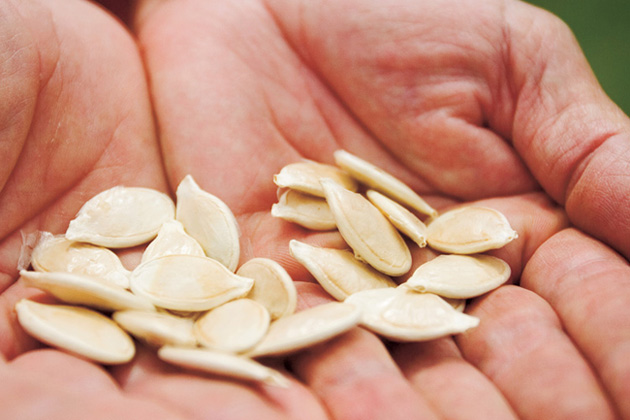

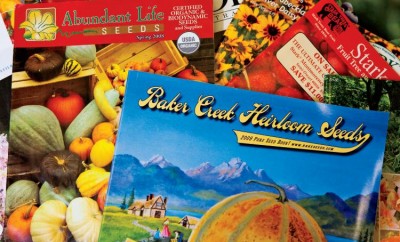

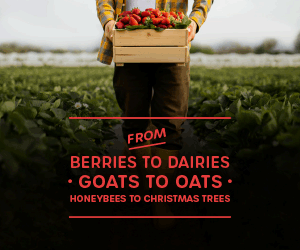

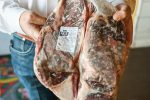
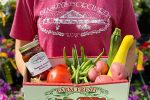


 My Indiana Home is produced for Indiana Farm Bureau members. Our mission is to connect you with the food you eat, the Indiana farmers who grow it and a rural lifestyle that is uniquely Hoosier.
My Indiana Home is produced for Indiana Farm Bureau members. Our mission is to connect you with the food you eat, the Indiana farmers who grow it and a rural lifestyle that is uniquely Hoosier.
J Ahlbrand
April 7, 2019 at 11:14 am
Thank you for the article. Is here a group that I can join in Southern Indiana, or do you have a recommendation for a seed swap.